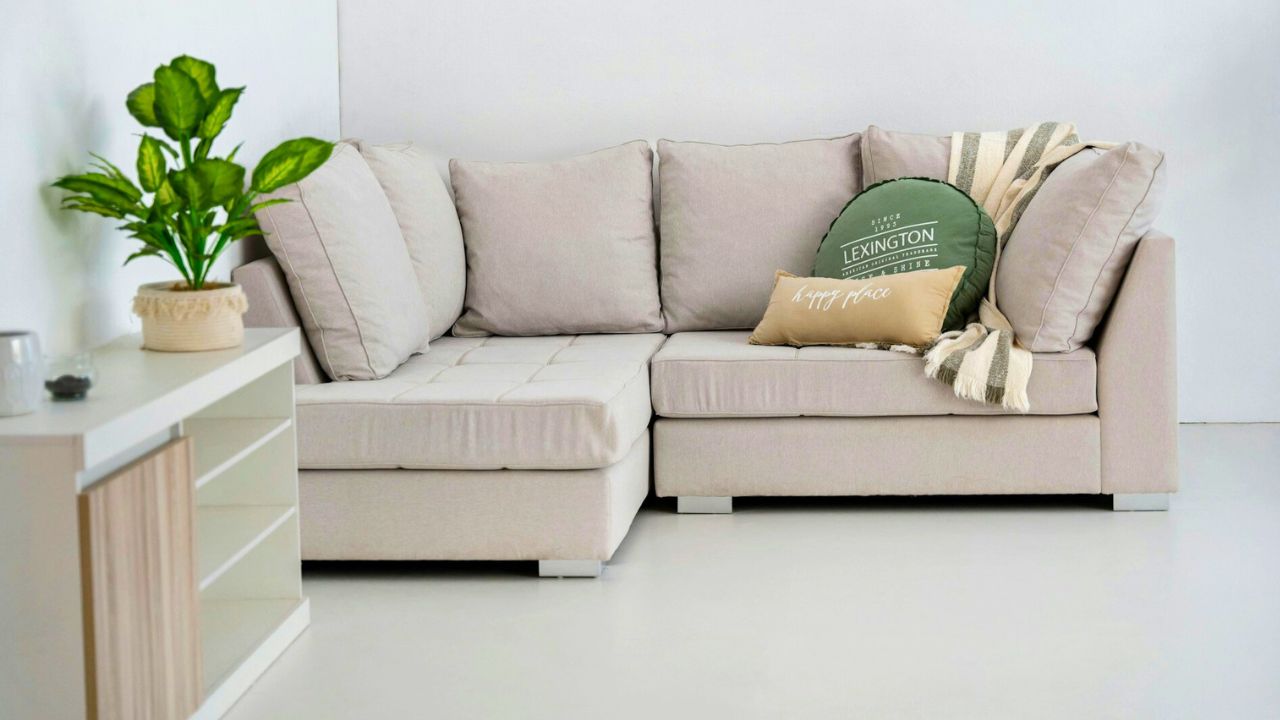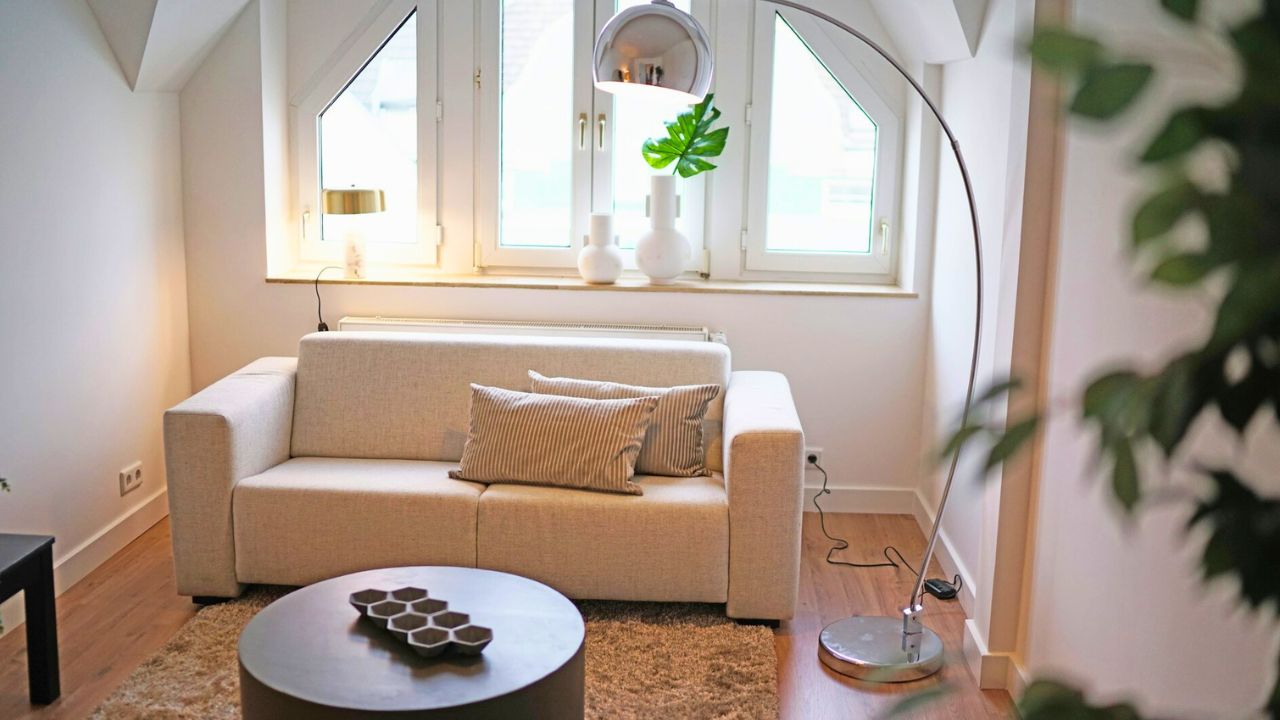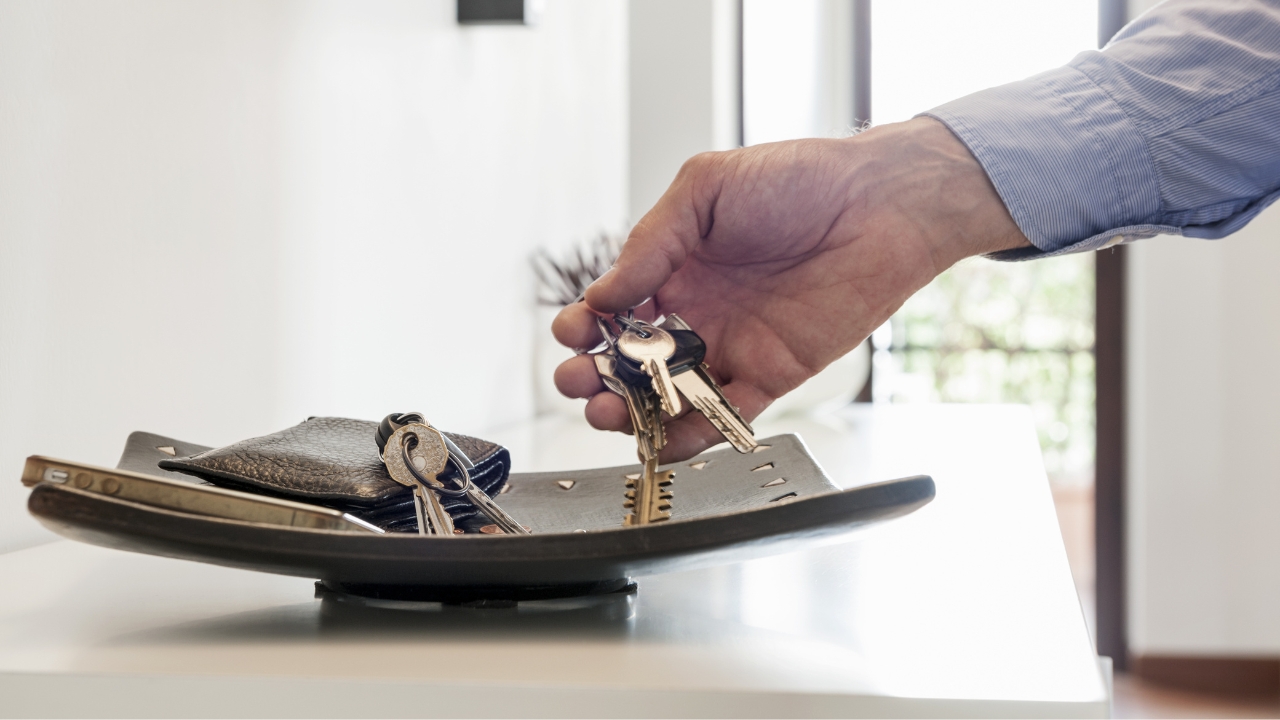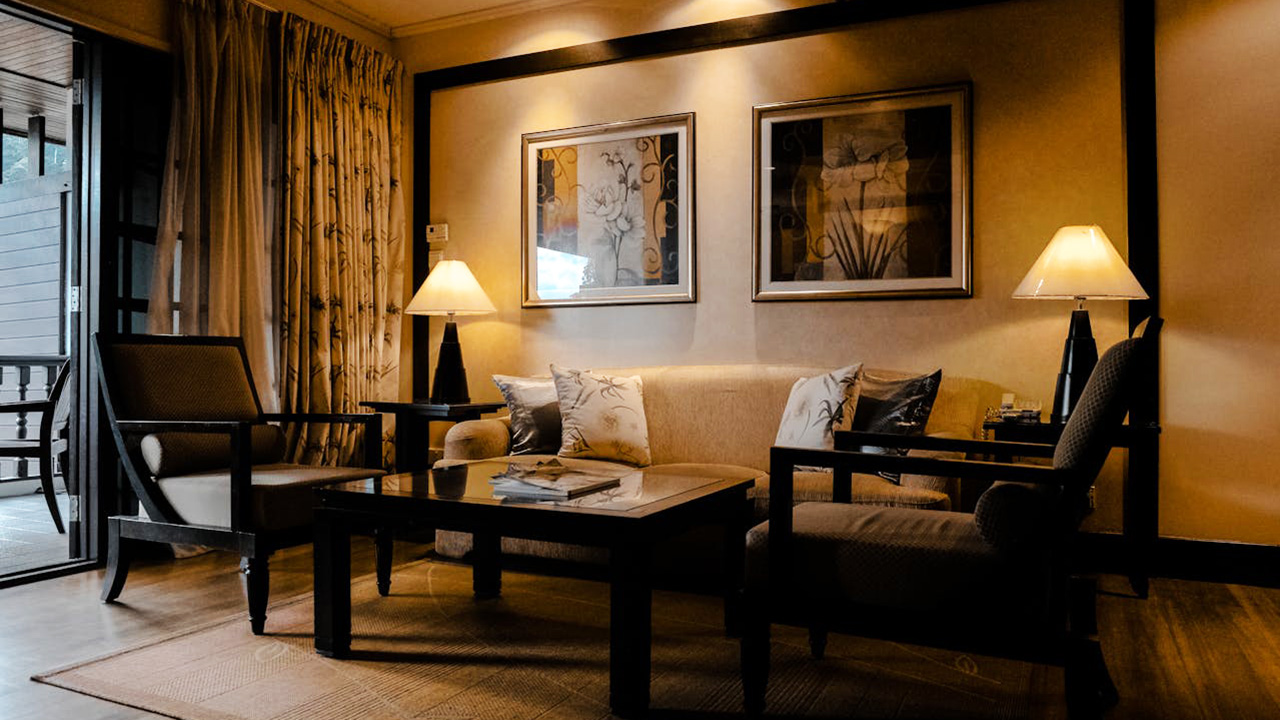9 tricks that make small rooms feel open and intentional
Small rooms don’t need more stuff; they need better scale, cleaner lines, and light that pulls its weight. The right changes make tight spaces feel calm instead of cramped.
Pick one strong focal point and quiet the rest

In a small space, you get one star. Choose the window, a fireplace, or a single large artwork and aim seating at it. Keep surrounding pieces simple and lighter in tone so the eye isn’t juggling five leads. Once the room has a headline, everything else becomes background support, and that’s where the calm comes from.
Use fewer, larger pieces instead of a crowd of smalls

Tiny tables and petite lamps make a room feel fussy and cluttered. One proper-sized sofa or two real chairs beat four undersized perches. Scale up, then remove one thing from every surface. Air around bigger pieces reads generous, and it’s easier to live with because you’re not sliding coasters around a doll-sized table.
Float furniture off the wall—just a little

Even two inches buys you depth. Pull the sofa forward, tuck a slim console behind it for a lamp and cord control, and let one chair angle inward a touch. Depth tricks the eye into reading “bigger,” and it also improves conversation because you’re not shouting across a runway.
Choose a tight palette and let texture do the work

One neutral and two accents, then stop. Bring interest through linen, woven fiber, raw wood, and matte metal. When color calms down, the room opens up. Texture gives you the “designed” feel without visual noise. It’s how you get warm and minimal at the same time.
Hang curtains high, wide, and light

Mount rods near the ceiling and extend them past the window so panels clear the glass. Choose airy fabric that kisses the floor. The vertical line adds height, the extra width adds width, and the daylight adds forgiveness to everything else happening in the room.
Add mirrors where the light needs help

Opposite or diagonal to a window, a mirror bounces daylight into the center of the room. Choose a size that’s two-thirds to three-quarters the width of the furniture it sits above, and tilt it slightly to catch sky or trees—not the floor. The space brightens without adding another lamp.
Keep pathways honest and consistent

Main routes need 30–36 inches; secondary lanes can live at 24. If a piece pinches the path, trade it for something with legs you can see under, or move it two inches and test for a week. Clear lanes make the room feel intentional, and intentional reads expensive even when nothing here is.
Contain daily tools with edges

Small rooms fall apart when daily life drifts. Use a tray on the coffee table, a board by the range, a lidded bowl for keys, and a basket for remotes. When edges are clear, the mess has a place to land and the space reads tidy even on busy days.
Light faces, not just ceilings

Overhead glare shrinks rooms and makes colors feel harsh. Add a lamp at reading height by your favorite seat and keep bulbs warm (2700–3000K) and consistent. Soft light on people beats bright light on paint every single time, and it changes how the room feels after 5 p.m.
Like Fix It Homestead’s content? Be sure to follow us.
Here’s more from us:
8 upgrades that look like you spent thousands (but didn’t)
9 small changes that instantly make a house feel high-end
*This article was developed with AI-powered tools and has been carefully reviewed by our editors.







